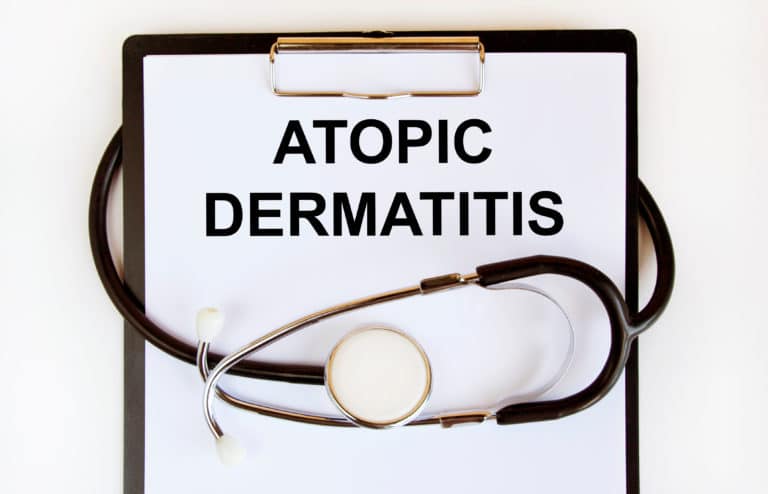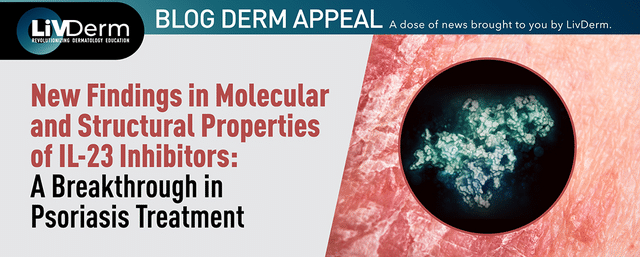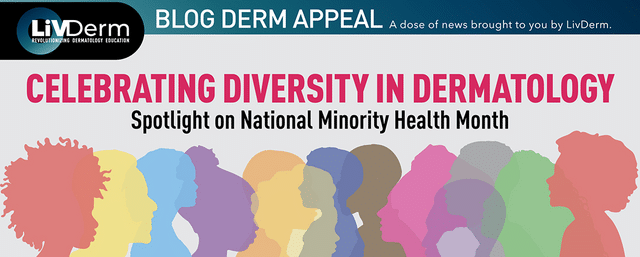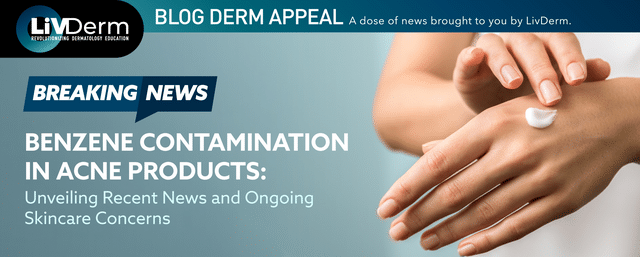
The American Academy of Dermatology (AAD) has published updated guidelines for the care and management of atopic dermatitis (AD). These guidelines, published in the Journal of the American Academy of Dermatology, serve as an update to the 2014 recommendations previously published and take into account new evidence that has since emerged.
The updated recommendations were developed by a workgroup of 12 physicians (11 dermatologists and one allergist/physician) and one patient representative. It outlines the best practices for how to manage atopic dermatitis in adults using topical therapies and includes recommendations for both non-prescription methods and prescription treatments.
The guidelines make strong recommendations for the use of topical treatments for which it is believed the benefits outweigh the risks and burden to the patient. It is noted these recommendations apply to most patients in most circumstances.
According to Dawn Davis, MD, FAAD, co-chair of the AAD’s Atopic Dermatitis Guideline Workgroup, “These recommendations are based on the latest evidence-based research on the most effective topical treatments for our patients. These recommended treatments can be used individually or in combination with other treatments.”
The recommendations made are as follows:
Moisturizers help relieve dry, cracked skin, decrease inflammation, reduce the severity, and increase the time between flare-ups.
Topical calcineurin inhibitors (pimecrolimus 1% cream and tacrolimus 0.03% or 0.1% ointment) reduce inflammation and itching and decrease flare-ups.
Topical corticosteroids help relieve itching, decrease inflammation and decrease infections.
Phosphodiesterase-4 inhibitor (crisaborole ointment) can reduce inflammation, help relieve itching, and decrease infections.
Ruxolitinib cream can be used short-term to ease the inflammation and itching of patients with mild-to-moderate AD.
The guidelines also provide conditional recommendations for the use of bathing and wet wrap therapy.
Bathing, followed by moisturization, helps hydrate the skin. Bleach baths can help patients prevent infection and get rid of bacteria on their skin.
Wet wrap therapy treatment provides a barrier against scratching, helps to decrease redness and inflammation, and can reduce the bacteria on patients’ skin.
The guidelines further made conditional recommendations against the use of topical antimicrobials, antiseptics, and antihistamines due to the low certainty of evidence, which means the true effect may be substantially different from the estimated effect.
“These guidelines were updated to enable dermatologists to optimize topical treatments to provide adult atopic dermatitis patients with expert care,” said board-certified dermatologist Mark D. Kaufmann MD, FAAD, president of the AAD.















